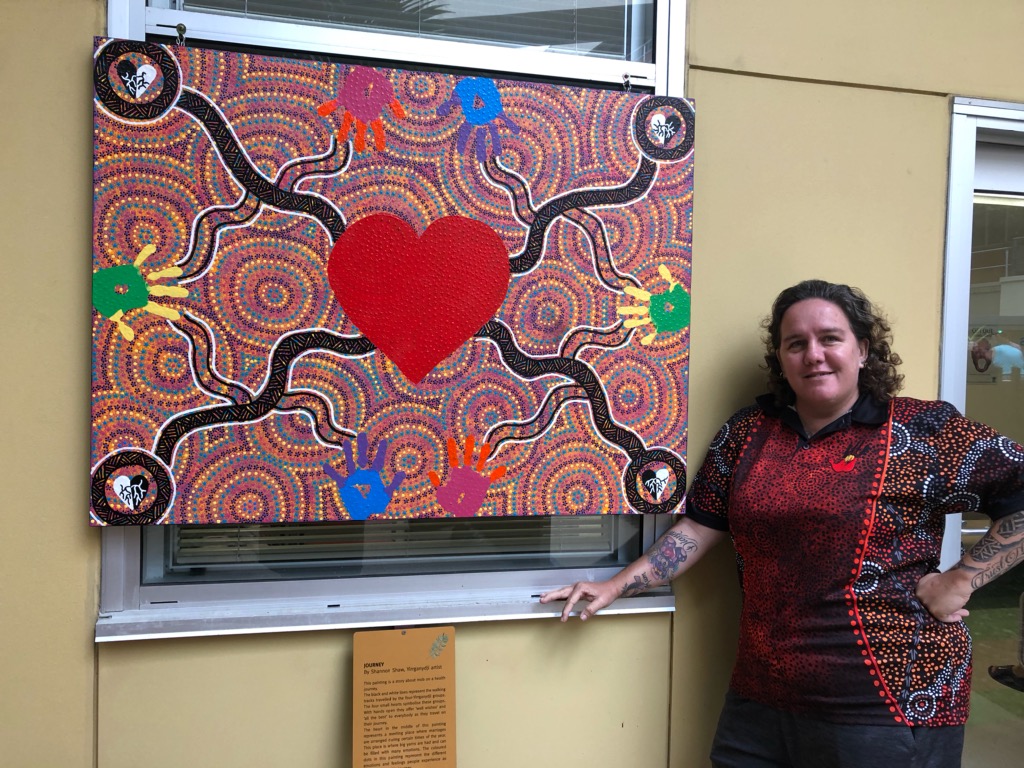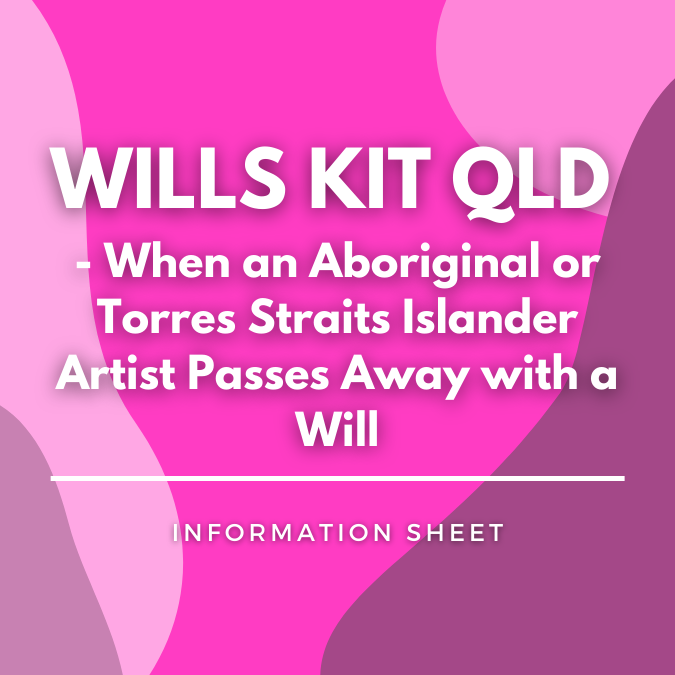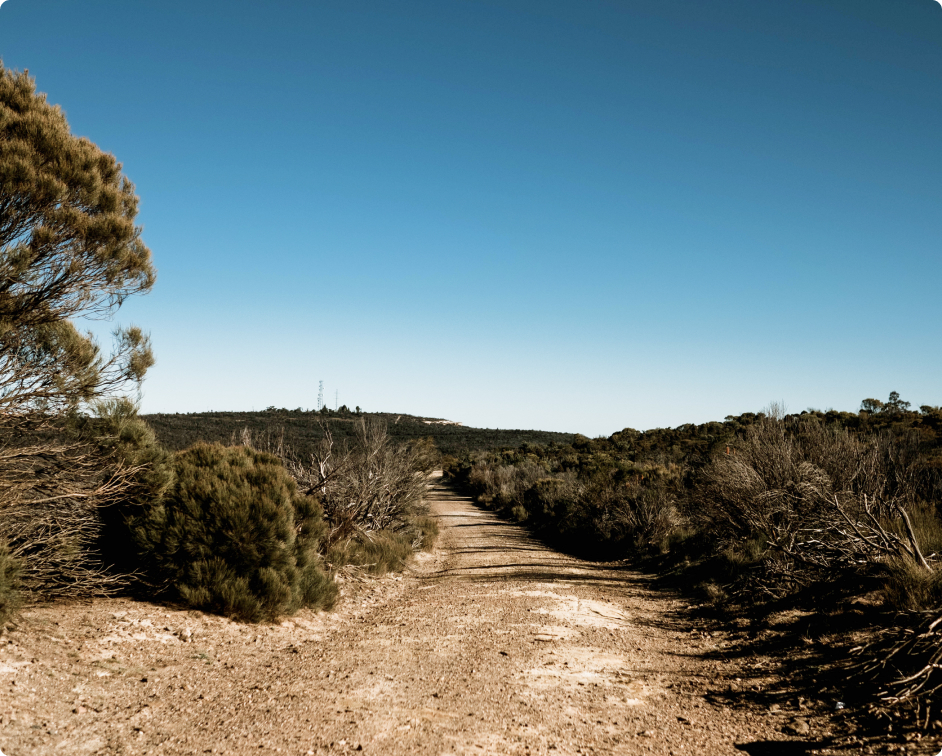Artwork Made Using Animal and Plant Material – Australia
Australia has strict laws that aim to protect plants and animals that are threatened, native, vulnerable or endangered. This is a particularly important issue for Aboriginal and Torres Strait Island artists who often use native seeds, feathers, skins, bones, grasses and woods in their artwork. It can also affect non-Indigenous artists wanting to create artwork using plant and animal matter.
For an example of how an artist’s creative practice can be affected see Arts Law’s interview with Gerard Geer.
This information sheet looks at how the Commonwealth legislation affects the use of native species in artwork. Each State and Territory also has its own legislation and even if a species can be used in an artwork without breaching the Commonwealth legislation, there may nevertheless be prohibitions on its use in artwork under the relevant State laws. Arts Law is currently developing a companion information sheet for each state’s individual laws. The first can be found here:
How does the Environment Protection and Biodiversity Conservation Act 1999 (Cth) affect artists?
The Environment Protection and Biodiversity Conservation Act 1999 (Cth) (EPBC Act) makes it an offence to kill, injure, trade, keep or move certain species in Commonwealth areas.[1] It also prohibits the export of certain native plant and animal species (including as part of an artwork).[2]
The EPBC Act impacts mainly artists in the following two ways:
- It restricts the taking or use of certain plants and animals in Commonwealth areas unless:
- a permit has been given;[3] or
- those activities are traditional non-commercial activities conducted by native title holders on their traditional lands,[4] or they are allowed under a traditional use of marine resources agreement[5]; and
- It requires a permit to be obtained before exporting artwork incorporating regulated native plant and animal species.[6]
This means the EPBC Act may affect where artists can collect plant and animal material for use in their artwork. The Act may also create issues for artists who wish to show their art in overseas exhibitions or galleries, or to sell their artwork to foreign buyers.
What is a ‘Commonwealth area’?
A ‘Commonwealth area’ is land owned or leased by the Commonwealth, or a Commonwealth agency (including external territories, such as land owned in Norfolk Island), and airspace over the land, coastal sea and continental shelf of Australia.[7] This includes six national parks, national marine areas, and world heritage areas owned and managed by the Commonwealth. For example the Kakadu National Park near the Injalak Arts Centre in Gunbalanya is a Commonwealth area,[8] and the EPBC Act would apply to native species found there.
The restrictions in the EPBC Act relating to taking certain species ONLY apply to such species taken from Commonwealth areas.
Dead or alive, the whole or any part of a plant or animal?
The EPBC Act applies to whole animals and plants, as well as parts of animals and plants such as feathers, shells, animal furs and plant fibres.[9] It does not matter if the animal or plant was found living or dead,[10] for example as road kill.
Which species are affected?
The EPBC Act protects:
- Threatened species
- Marine species and
- Migratory species.
Unless you have a permit, it is an offence to kill, injure or take any of the above listed species in, or from, a Commonwealth area.[11]
Arts Law is currently developing a table of native species commonly used in the artwork of Aboriginal and Torres Strait Island artists showing which species are threatened, and which are regulated.
Threatened species
Threatened species include plants (flora) and animals (fauna) that have been determined by the Minister to be:
- Extinct
- Extinct in the wild
- Critically Endangered
- Endangered
- Vulnerable or
- Conservation dependent.[12]
The Australian Government’s Department of Agriculture, Water and the Environment (DAWE) keeps lists of threatened flora and fauna on its website at:
Threatened Flora: https://www.environment.gov.au/cgi-bin/sprat/public/publicthreatenedlist.pl?wanted=flora
Threatened Fauna: https://www.environment.gov.au/cgi-bin/sprat/public/publicthreatenedlist.pl?wanted=fauna
As at April 2022, threatened species include a number of species used in Aboriginal art including the Northern Brushtail Possum and Hawksbill Turtle. It is also an offence to keep, trade, or even move a threatened species that was taken from a Commonwealth area, without a permit.[13]
Marine species
As at April 2022, listed marine species also include a number of species used in Aboriginal art including the Saltwater Crocodile, Dugong and Marine Turtle. Listed marine species also include pipefish, seahorses, penguins and many bird species.[14]
DAWE has a link to the listed marine species on its website at: https://www.awe.gov.au/environment/epbc/what-is-protected/approved-lists#species-and-ecological-communities.
Migratory species
Listed migratory species include birds and marine animals, such as several species of Albatross, Tern, Manta Ray, Devil Ray, Turtle and Whale. Some are native to Australia, while others are listed in international agreements.[15]
DAWE lists the migratory species on its website here: https://www.environment.gov.au/cgi-bin/sprat/public/publicshowmigratory.pl.
There is some overlap between the listed threatened species, listed marine species and listed migratory species.
Regulated Native Specimens
A regulated native specimen means any specimen that is, or is derived from, a plant or animal native to Australia, and is not exempt under the EPBC Act.[16] It includes all native species found anywhere in Australia, not just in Commonwealth areas. Regulated native specimens can be freely taken and used in artwork within Australia (subject to any State or Territory law, and parks/reserve management plan) – but cannot be exported from Australia without a permit, unless they are included on the List of Exempt Native Specimens.[17]
Sulphur Crested Cockatoos and River Whaler Sharks are native species commonly used in the Aboriginal art of certain areas. Pandanus Spiralis, which is often used to create traditional woven baskets in Arnhem Land, was a regulated native specimen until December 2012. Arts Law secured an exemption for it so that permits are no longer required to export this specimen. See Arts Law’s article “Elcho Island Arts Centre – Part 2: Export Exemption to Benefit Indigenous Artists” at: https://www.artslaw.com.au/art-law/entry/elcho-island-arts-centre-part-2-export-exemption-to-benefit-indigenous-arti/.
Species protected under CITES
It is also an offence under the EPBC Act to export species that are protected by the Convention on International Trade in Endangered Species of Wild Fauna and Flora (CITES).[18] Be aware that CITES legislation in overseas countries may also restrict the import of Australian species into that country. To find out which Australian species are covered by the CITES, check the full list here: https://www.speciesplus.net/.
Exempt Native Specimens
Some native species, including Red and Grey Kangaroos, have been exempted from export control under the EBPC Act. Such specimens can be freely taken and used in artwork, as long as the specimen was propagated lawfully, and exported without a permit (e.g. sloughed snakeskin from a snake captured and held in captivity with the approval of the relevant State or Territory Government).
The list of exempted native specimens can be found at: https://www.legislation.gov.au/Series/F2005B02138.[19]
Exemption for traditional non-commercial activities of native title holders
The EPBC Act expressly provides that it does not affect the rights given to native title holders under section 211 of the Native Title Act 1993 (Cth). [20] That Act provides that holders of native title rights do not need authorisation to engage in certain activities (such as hunting, fishing or gathering) on land over which native title has been granted.[21] To fall within this exemption, the native title holder must be exercising a native title right or interest (i.e. the use must have a traditional basis), and the resource must be taken for the purpose of satisfying the native title holder’s personal, domestic or non-commercial communal needs.[22]
Although it is yet to be considered by a Court, it is assumed that this exemption may not be enough to exempt the activities of Aboriginal and Torres Strait Island artists who have native title, and are hunting, gathering or using native species for the purpose of creating commercial artwork to be exhibited or offered for sale. There is an argument that this is not an activity “for the purpose of satisfying the [native title holders’] personal, domestic or non-commercial communal needs; and … in exercise or enjoyment of their native title rights and interests.” Arts Law is seeking clarification of this issue.
The EBPC Act also states that the prohibitions on the export of wildlife don’t apply to the traditional use of an area by an Indigenous person for ceremonial purposes, and non-commercial hunting and food gathering.[23] This might cover the creation of artwork for use in performances and ceremonies, but does not appear to be broad enough to cover hunting or gathering activities associated with commercial art production.
Permit to take or use threatened species
Under the EPBC Act, the Minister may grant a permit on a discretionary basis to kill, injure, take, trade, keep or move a listed threatened species, a listed marine species or a listed migratory species.[24] A permit will only be issued in very limited circumstances including that the specified activity is of particular significance to indigenous tradition, and it will not adversely affect the survival or recovery in nature or the conservation status of the listed threatened species or listed ecological community; the listed migratory species (including any population); or the listed marine species concerned.[25]
Be aware that this permit system is involved and the information required by the application paperwork is detailed. For more information, go to: http://www.environment.gov.au/biodiversity/threatened/permits
Permit for export
Under the EPBC Act, the Minister may grant a permit on a discretionary basis to export regulated native specimens for commercial or non-commercial purposes.[26]
Non-commercial trade would include exhibiting artwork overseas in a public museum or gallery, or educational institution – where the artwork is not for sale. Non-commercial export is subject to certain conditions and is regulated through a permit system. For more information, go to: http://www.environment.gov.au/biodiversity/wildlife-trade/trading/non-commercial
Export of artworks for the purpose of an overseas gallery show where the artworks will be available for sale would be considered export for commercial purposes. Generally, a permit for the commercial trade of regulated native specimens is permitted only when the plants or animals are obtained through approved sources, such as captive breeding programs, wildlife trade operations, or management plans. However, the manager does have the discretion to grant a permit in exceptional circumstances. Arts Law managed to secure such a permit for Elcho Island Arts Centre to enable its exhibition of pandanus baskets at the Rebecca Hossack Gallery, in London, to proceed in 2011. See Arts Law’s case study, “Elcho Island Arts Centre – when is an export permit required to exhibit artwork overseas?” here: https://www.artslaw.com.au/case-studies/entry/elcho-island-arts-centre-when-is-an-export-permit-required-to-exhibit-artwo/
[1] Environment Protection and Biodiversity Conservation Act 1999 (Cth) (EPBC Act) ss 196–196F, 354(1)(a).
[2] Ibid ss 303DD(1), 303DA(a) (definition of “regulated native specimen”) means a specimen that is or is derived from a native animal or native plant, 527A (definition of “specimen”) includes any part of an animal or plant, and articles consisting of a specimen and other material.
[3] Ibid ss 201, 216, 258.
[4] Native Title Act 1993 (Cth) s 211.
[5] EPBC Act ss 197(o), 212(o), 255(o).
[6] Ibid ss 303DD, 303DG.
[7] Ibid s 525.
[8] See https://parksaustralia.gov.au/.
[9] EPBC Act s 527A (definition of “specimen”).
[10] Ibid s 528 (definitions of “animal” and “plant”).
[11] Ibid ss 196, 196B, 211, 211B, 254, 254B.
[12] Ibid s 178.
[13] Ibid ss 196D, 211D, 254D.
[14] Declaration under s 248 of the Environment Protection and Biodiversity Conservation Act 1999 – List of Marine Species.
[15] EPBC Act s 209.
[16] Ibid ss 303DA–303DB.
[17] Ibid s 303DD.
[18] Ibid s 303CC.
[19] List of Exempt Native Specimens Instrument 2001 (Cth).
[20] EPBC Act s 8.
[21] Native Title Act 1993 (Cth) sub-ss 211(1), (3).
[22] Ibid s 211(2).
[23] EPBC Act s 303BAA.
[24] Ibid ss 201, 216, 258.
[25] Ibid ss 201(3)(c), 216(3)(c), 258(3)(c).
[26] Ibid s 303CG.
Disclaimer
The information in this information sheet is general. It does not constitute, and should be not relied on as, legal advice. The Arts Law Centre of Australia (Arts Law) recommends seeking advice from a qualified lawyer on the legal issues affecting you before acting on any legal matter.
While Arts Law tries to ensure that the content of this information sheet is accurate, adequate or complete, it does not represent or warrant its accuracy, adequacy or completeness. Arts Law is not responsible for any loss suffered as a result of or in relation to the use of this information sheet. To the extent permitted by law, Arts Law excludes any liability, including any liability for negligence, for any loss, including indirect or consequential damages arising from or in relation to the use of this information sheet.
© Arts Law Centre of Australia
You may photocopy this information sheet for a non-profit purpose, provided you copy all of it, and you do not alter it in any way. Check you have the most recent version by contacting us on (02) 9356 2566 or tollfree outside Sydney on 1800 221 457.
The Arts Law Centre of Australia has been assisted by the Commonwealth Government through the Australia Council, its arts funding and advisory body.




